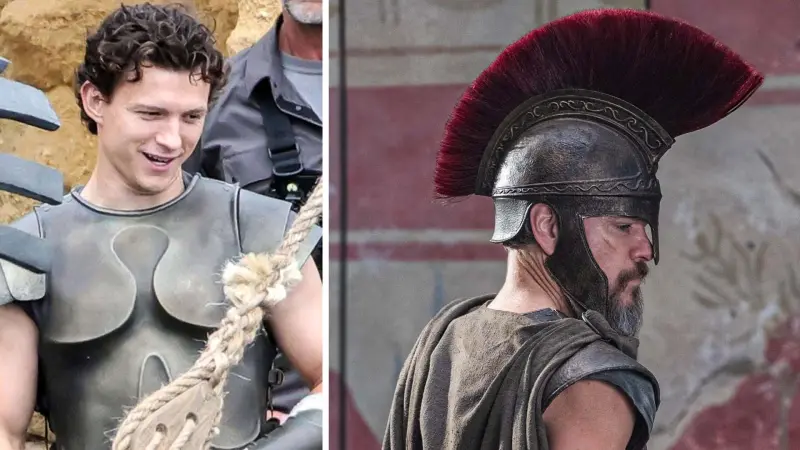Neolithic axes and megalithic tombs had previously been found in the hills surrounding Thatikonda town in the Moosapet mandal.
The rock bruising of a bull appears dull because of exposure to sun and rain.
On Sunday, a bull's bruises were discovered on a 4,000-year-old Neolithic rock that was discovered atop a hill in the Moosapet mandal headquarters of the Mahbubnagar district. Archaeologist and Buddhavanam consultant E Sivanagireddy discovered ruins of temple architecture from the Rashtrakuta, Kalyan Chalukya, and Vijayanagara periods while he was studying the Ramaswamy Gutta temple.
He discovered a bull's rock bruise and a few figures of men and animals below it while inspecting the brick-built superstructure over the Ramalingeshwara temple. These figurines had been marked with neo-stone instruments. The 400-foot-high rock carving, which was formed through thousands of years of exposure to rain and sunlight, had a lifeless appearance.
In order to avoid animals, Neolithic humans sought to live at higher altitudes, and they used to cultivate rainfed crops in tiny soil patches on the hillocks. They used to use their stone axes and other tools to continuously strike the rock until they ultimately created the imprint of the animal on the rocks to display their artistic talent because they had lots of free time while living on the hillocks.
Neolithic axes and megalithic tombs had previously been found in the hills surrounding Thatikonda town in the Moosapet mandal. Between the Raichur road and the Bangalore national highway, the mandal's entire terrain is ornamented by rocky hills. He asked the villagers to keep the rock bruising since it is an important archaeological site.







